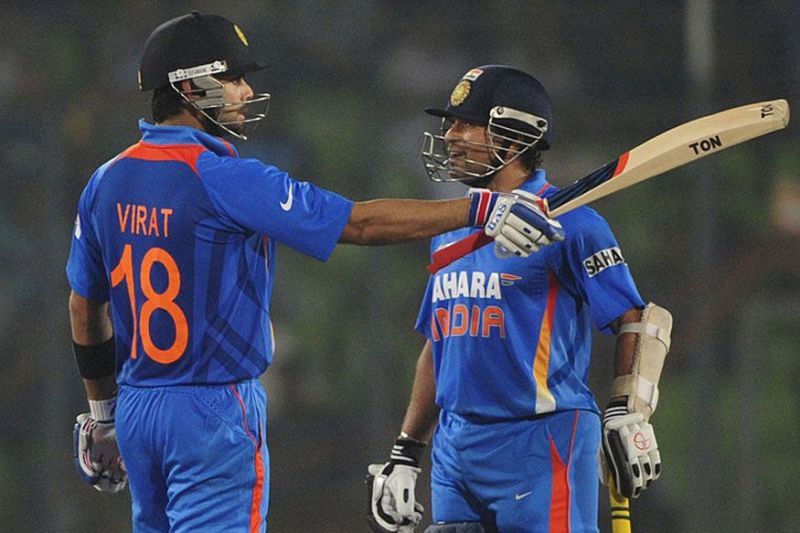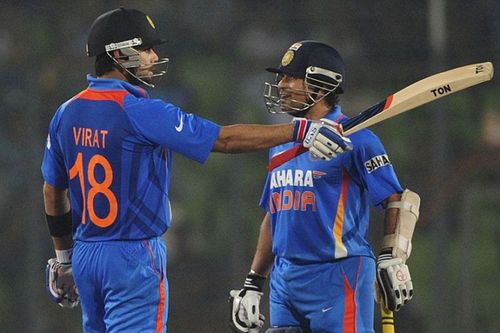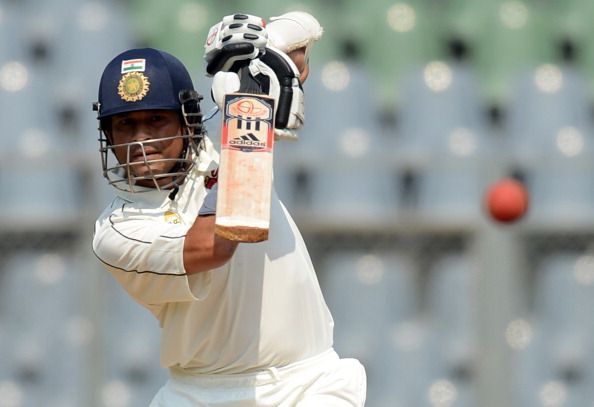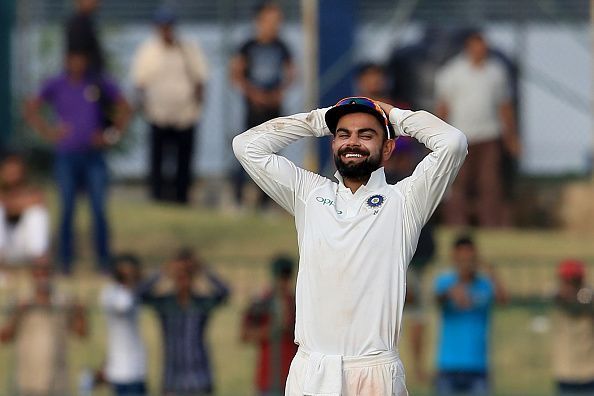
Virat Kohli vs Sachin Tendulkar: A statistical comparison at the age of 29

"There's no question of being compared to him. Because of everything he has given us, he doesn't deserve to be compared with anyone. At least not in the current generation."
Comparisons have been anathema for Kohli, who considers himself unworthy to be equated to the cricketer he grew up admiring and imitating.
Yet, differ as he may, from a purely statistical angle, Kohli seems to be on the course of surpassing the Little Master’s all-time records, at least in the one-day format. 29 is an age that is considered to be the peak for a batsman: Kohli has been bathing in a tub full of form for the last two years now and is in a happy space when it comes to his batting.
Let’s snap Sachin’s career at the 29-year-old mark, and analyse, merely as inquisitive cricket enthusiasts, where he stood as a cricketer prior to 24th April, 2002, and juxtapose it against Kohli, the modern great, to get a whiff of what the future holds.
Note: Sachin Ramesh Tendulkar carried India's batting during a time when the game was completely different: it wasn't slanted as much towards the batsmen, bowlers were more menacing and conditions were harsher. Furthermore, India's batting was much more fragile during his peak and T20s were far from being even conceived.
This is not a comparison between the abilities of Tendulkar and Kohli: this is merely a statistical piece of literature, putting their numbers side-by-side at a particular juncture in their respective careers.
What has to be inferred out of it, is left to the reader.
Sachin was playing under the firebrand captaincy of Sourav Ganguly, having established his reputation as the undisputed champion of the sport. His brand value was searing ahead, sustained by names like Pepsi, who had had a decade-long association with him. In 2001, Sachin signed a five-year deal with WorldTel, quite on the lines of what Kohli established with Puma last year.

Indian cricket was going through an indifferent phase, and the team were months away from winning the NatWest Trophy, a victory that would galvanise them for a stellar performance in the 2003 World Cup, and set the tone for the next decade and a half.
A day before Sachin’s birthday, India completed a historic win at Port of Spain, symbolised by the gutsy Anil Kumble, jaw broken and all. Tendulkar was the toast of the game, scoring 119, his 29th Test century, bringing him at par with the legendary Sir Donald Bradman.
Here were Tendulkar's figures before he turned 29:
Tests - 94
Runs - 7869
Average - 58.72
100s - 29
50s - 31
Highest score - 217
In comparison, Kohli’s current Test numbers, at 29, stand as follows:
Tests - 60
Runs - 4658
Average - 49.55
100s - 17
50s - 14
Highest score - 235
Of course, Kohli’s Test career had a different tangent to it. Inducted into the team as a specialist limited-overs batsman, Kohli took three years to get a place in the Test side, whereas Sachin was a child prodigy who broke into the side as a 16-year-old, having been a rage in the domestic scene right from his school days.
Tendulkar steadily progressed in Tests, and had a century and five 50s to his name in his first 10 Tests itself. By his 29th Test, in 1994, his average crept above 50, and did not fall below the mark for the next 171 matches and 19 years, except for a very brief phase in 1997. From 1997-2002, he averaged over 55 in each year.
The 29th birthday mark was the supreme peak of Sachin’s Test career: his average touched 58.87 in February 2002, the highest in his Test timeline.
Kohli seems to have flicked a switch in the last two seasons, especially after being handed the Test captaincy. After his horrid run in England in 2014, he made his technique foolproof, becoming more side-on and playing from close to the body. A turning point in his career came with the 2014-15 series Down Under.

By 2016, he had figured out the Test puzzle completely, compiling huge scores as the year progressed, developing a sound temperament that arose from the responsibility of holding the batting together. The numbers symbolised it perfectly: last year, he racked up 1215 runs, at an average of 75.93, scoring three double centuries, and following it up with another early this year. Tendulkar had six overall.
A batsman's biggest challenge is scoring agains the red ball in alien conditions: Kohli still has the blot of not performing on English soil, and would be aiming to correct it during India's next tour. His numbers in the white flannels have picked up considerably over the last two seasons, forming the platform for what can place him in the glittering gallery of India's Test batting stars. Tendulkar's astronomical figures, however, are still miles away.